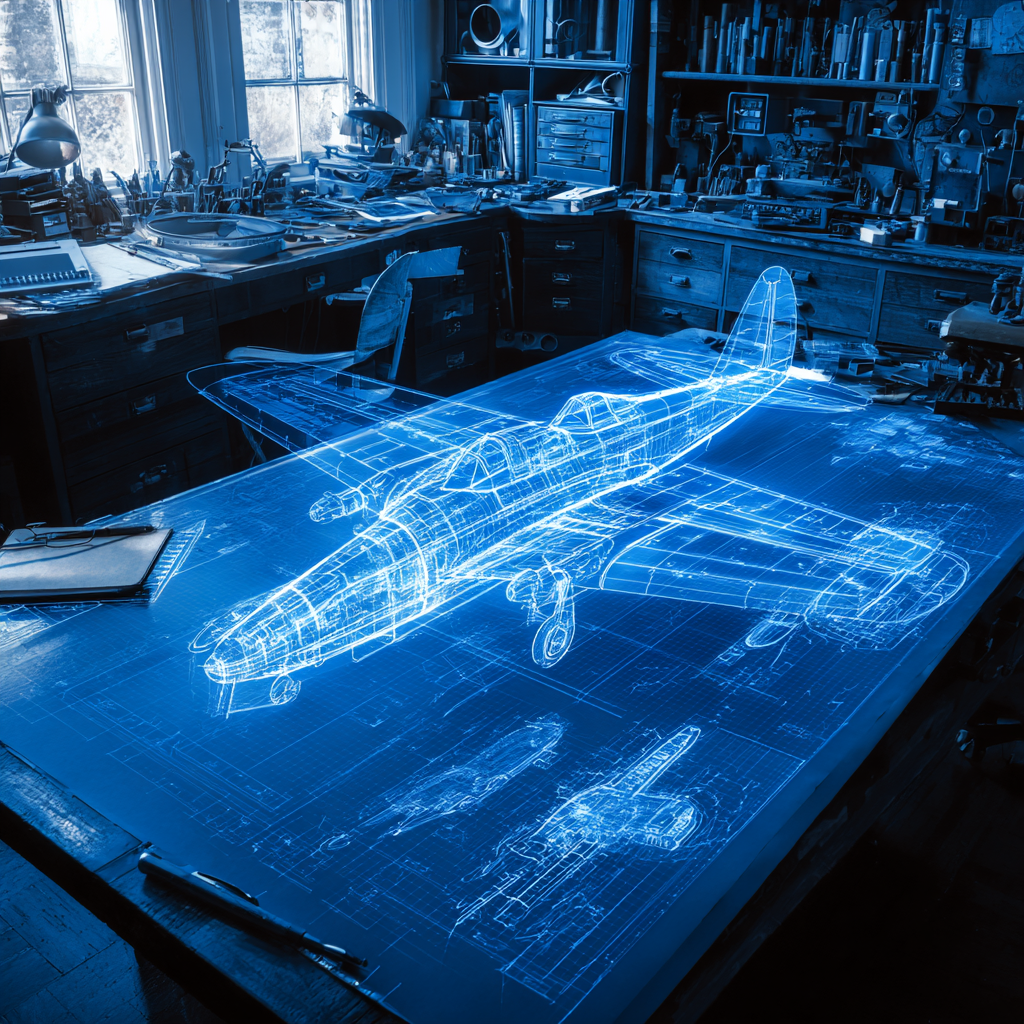Why Automatic Raster to Vector AutoCAD Conversion Won’t Work

Let’s paint the picture: you need to convert 100 hand-drawn engineering drawings into AutoCAD files. Maybe you hire an intern to struggle through the process, maybe you ignore the problem for a few years, or maybe you consider automatic raster to vector AutoCAD conversion.
In this guide, we’ll explain why automatic raster to vector AutoCAD conversion won’t work. It’s a very dangerous option, and you’ll learn more about it. We’ll also mention what the best practice is for projects like this.
What Is Raster to Vector Conversion?
When you scan an image on your large-format plotter, you’re left with a raster image. A raster image is a collection of pixels that look like the original image. Vectors, on the other hand, are lines that have length and direction, and they take up space in 2D.
This difference might seem subtle, but it means a lot to AutoCAD. AutoCAD can’t do anything with a raster image. To even extrude a box, you need to have a series of vectors that connect together.
That means that you’ll need to convert your raster image to a vector file if you want to work on it through AutoCAD. You should do this conversion if you want to update the model, create a 3D version of the part, send the drawing for quote, or officially digitize your drawing collection.
Why Automatic Raster to Vector AutoCAD Conversion Won’t Work
When people want to convert raster images to vectorized files in AutoCAD, they have three options: draw over the raster image themselves, hire an outsourced engineering team to do it, or use automatic raster to vector conversion software. The third option is a very bad idea. Here’s why automatic raster to vector AutoCAD conversion doesn’t work.
The Automation Is Rarely 100% Accurate
We’ve tried this software on a number of simple drawings that didn’t have any IP on them just to test out the software. In almost every case, the software missed something. This automatic software isn’t as accurate as you need it to be.
Especially if you’re looking to make a vector AutoCAD file that you can extrude and make 3D, you should avoid this automatic software. The problem? You can go through the full process, then realize a line is missing somewhere and there’s a gap in the automatically-created AutoCAD file.
This gap won’t let you extrude or make the 3D part. In addition, AutoCAD won’t tell you where this gap is. Instead, you’ll have to scan through the whole drawing and find it yourself.
In the time it takes you to do this, you could have finished drawing the vectors yourself. We experienced a lot of automatic conversions that had a tiny gap that took hours to find. It wasted a ton of time.

It’s Not Safe
Another huge point to stress is that this software is unregulated. There’s no government agency that oversees what the automatic software does with your drawing after you upload it.
There have been plenty of examples in the past of drawings and IP getting stolen after uploading the file on an automatic conversion program like this.
Legally, it’s within the companies’ rights to steal your drawing and sell it to the highest bidder. Most automation software comes with a box you have to check first that signs away your rights over the IP in each drawing.
This gets a lot scarier if you’re working on classified or government files. If these files get stolen, it could come with a treason charge which makes everything worse.
We’re not here to intentionally scare you, we just want you to know the full truth: every file you upload into an automatic raster to vector program has the chance of getting stolen.
The Vector AutoCAD File Will Fall Short
The simple truth is that these automation programs typically fall short. The final vector AutoCAD file with have a lot of problems with it, and you might even need to pay the software developers to get the full version of your AutoCAD file.
The conversion can take a while, depending on your uploaded raster image. Plus, you need to make sure your raster image has solid lines that are clearly visible and there are no smudges or stray shadows on the file. Why? The automatic software has trouble knowing what it’s looking at. It will try to make every smudge and shadow into a vector that you would need to clean up in AutoCAD once you get the full file.
What about the text on your raster image? A lot of times, the software will just draw vector lines to make the text. Think about how much text is on all of your engineering drawings.
So, you’re left with a “final” AutoCAD file that you need to spend time fixing. It might take hours of looking for missing vectors, deleting extra lines, fixing all the text, and fighting to get access to your AutoCAD file. It’s not worth it.
You Can Outsource the Work
So, what are you supposed to do? Thanks to companies like CAD/CAM Services, you can outsource the work and get great results. When you use our team, we will manually draw over your raster images and create vector AutoCAD files ourselves. We never use automation to do the work.
We have a full team of engineers and draftsmen who get to work and do the full conversion. You’re left with CAD Perfect files that you don’t need to clean up at all.
We can sign any NDAs you’d like to keep your IP safe. By outsourcing the project, you can save a ton of time and money. Even better, you can avoid all the headaches associated with automatic conversion software or trying to do the work on your own.
Conclusion
Now you know why automatic raster to vector AutoCAD conversions won’t work. They’re dangerous, they waste time, and they’re just not worth it.
Instead, outsource your vectorization project with CAD/CAM Services. We’ve converted millions of drawings over the decades, and we will gladly help with your project as well. Get a free quote today to get started.
Recent Posts


Tips for Picking the Perfect 3D CAD Viewer for Your Needs
This guide will teach you about 3D CAD viewers and outline considerations to make before picking the right one. We review 5 options and pick a clear winner.

In this guide, you’ll learn how CAD/CAM Services can save you time and money during each digitization project. Digitization can make manufacturing faster than ever before.

How to Build an Aircraft Model by Converting 3D-Scanned STL Files into Functional 3D STEP Files
This in-depth guide will teach engineers how to use 3D-scanned aircraft files and transform them into manufacturable 3D STEP files with fewer mistakes.
